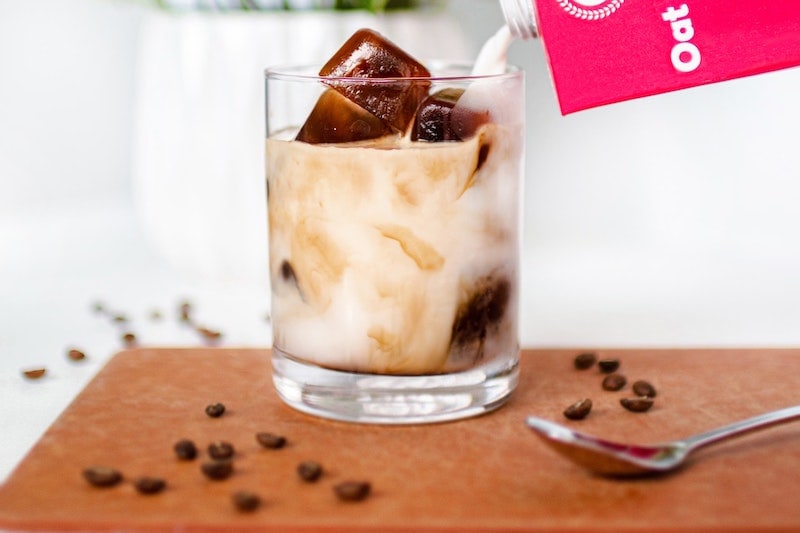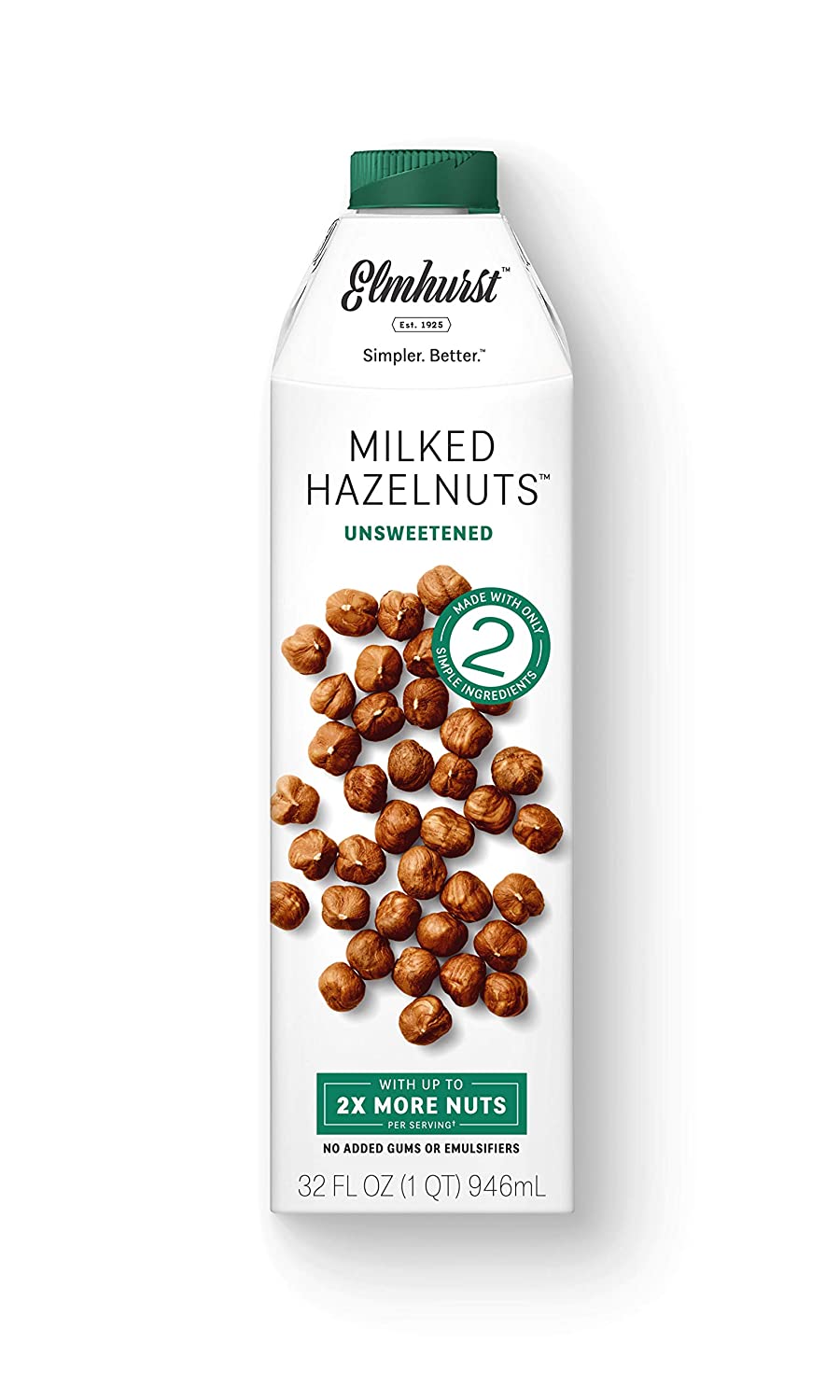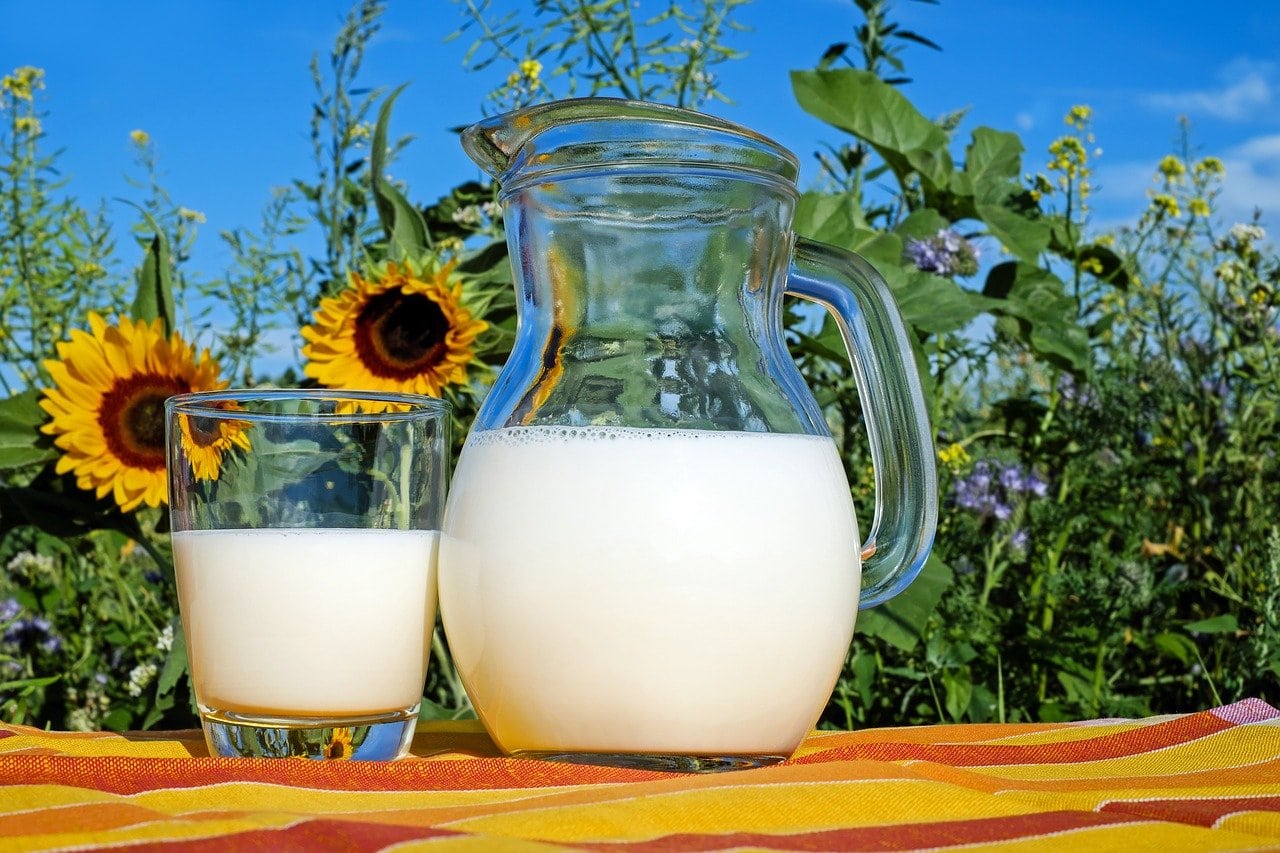
On the surface, this seems like an impossible question to answer. Environmental impact is a vague term, and without a quantitative set of criteria to judge milk by, how are you supposed to rank them? These are tricky questions for sure. We’ve spent some time pouring over existing literature to determine which kinds of milk contribute the least amount to environmental decline.
In this article, we will present the criteria we used to determine how detrimental each kind of milk is to the environment. We don’t claim that our set of measures is complete, but we think they’re a good start and can help environmentally conscious coffee lovers decide what milk to use in their latte. The short answer is that oat milk is the most environmentally-friendly milk.

Environmentally Friendly Milk: The Criteria
Growing
The first measure of environmental impact is how much strain is caused by growing the source of the milk. As an example, consider dairy farms as the source of regular milk. Feeding dairy cows requires a tremendous amount of feed which, in turn, requires large swaths of land. Clearing land for growing feed for dairy cows leads to the destruction of important biomes that help regulate the environment. Additionally, dairy cows produce enough manure to create a globally significant amount of carbon dioxide, contributing to climate change.
Another environmental factor related to producing all kinds of milk is the amount of fertilizer and pesticides necessary to produce healthy crops and animals. Any plants that use less fertilizer and fewer pesticides get a boost to their environmental friendliness score.
A final consideration related to making milk is how much water is used. Thirsty crops and animals require extensive infrastructure to reroute water to fields. Often, irrigation systems use electricity, tying water consumption to energy production via coal and other environmentally harmful industries.

Transportation
A less direct measure of environmental impact is the cost of transportation. The western world dominates global milk consumption, so any milk production that happens far from where milk is consumed will come with the environmental cost of shipping. Freighters use astronomical amounts of fuel and release large amounts of greenhouse gases when they operate. Avoiding this shipping step reduces these effects and makes any kind of milk produced in the western hemisphere inherently more environmentally friendly.

The 6 Most Environmentally Friendly Milks
Now that we’ve described our sorting criteria, we present our rankings, starting with the most environmentally friendly milk and ending at the least. In the interest of brevity, this list is not comprehensive, although we try to cover the most popular kinds of milk used by coffee drinkers.
1. Oat Milk

If you’re concerned about your environmental impact, using oat milk in your coffee is a great way to reduce it. Oats require relatively little water and produce less carbon dioxide and other greenhouse gases than other crops. Oats are also primarily grown in the western hemisphere, cutting back the environmental costs of shipping.
2. Hazelnut Milk

Hazelnuts are the best source of nut milk in terms of environmental impact. They require less water than other popular nuts used to make milk, they don’t need pesticides to stay healthy, and they’re mostly grown in the west.
3. Coconut Milk

Coconuts are another great source of alternative milk since they don’t use much fertilizer or pesticide. Additionally, coconuts only thrive in regions with plentiful rainfall, making irrigation a non-issue. The main drawback of coconut milk is scarcity which leads to significant shipping requirements.
4. Almond Milk

This is the one that will break many coffee drinkers’ hearts. Almonds need a staggering amount of water to grow. Making one liter of almond milk takes more than 6,000 liters of water! It doesn’t take a mathematician to realize that is a terrible return on investment.
One point in favor of almond milk is that almonds are mostly produced in the west, so you avoid the shipping angle. However, it isn’t enough to overcome the incredible amount of water needed, and, unfortunately, almond milk is best avoided if you’re environmentally conscious.
5. Soy Milk

We know, after the bad news about almond milk, you don’t want to hear anything bad about soy milk. Unfortunately, soy is one of the worst crops for the environment, owing to the large amounts of deforestation soy farming causes. To be fair, most soy is grown to feed cattle, but the point remains that encouraging more soy farming is environmentally irresponsible. Don’t shoot the messenger.
6. Cow’s Milk

We saved the worst for last. We hinted at this already, but dairy farming has one of the biggest negative environmental impacts of any industry. It can be difficult to disentangle the meat industry from the dairy industry, but since both require a large number of cows, it’s safe to draw sweeping conclusions.
Cow’s milk loses on all fronts; it takes a ton of water, uses copious amounts of fertilizer and pesticides, and is grown primarily outside the western hemisphere. Replacing cow’s milk with any alternative is a step in the right direction.

Conclusions
The dairy industry is a well-known leader in terms of negative environmental impact, but many people don’t realize that other kinds of milk can also strain the environment. Oat milk is the best choice for environmentally aware coffee drinkers, but coconut milk and hazelnut milk are also great options. The bottom line is to avoid cow’s milk, and, unfortunately, also avoid fan-favorites soy and almond milk.
You may also be interested in: What Is Potato Milk? The Latest Non-Dairy Option
Featured Image Credit: StockSnap, Pixabay















